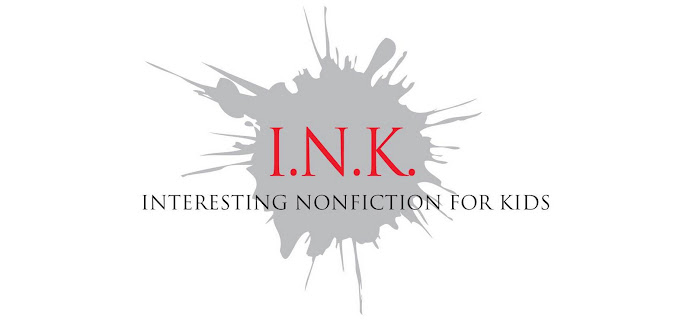Over the past two weeks I have attended two very different
education conferences. One was AASL—The
American Association of School Librarians; the other was NYSCATE—New York State
Association for Computers and Technology in Education. If I had just attended the first one, I would
have thought we authors were doing really well. Many people recognized me from
my nametag—a heady experience. (Although
not everyone recognized my name, a sufficient number did, so I felt like I’ve
made some progress over these years.) At
the second conference, I was anonymous although my session: “Authors Collaborating with Teachers and
Students” was particularly well attended.
Obviously, librarians know about and value authors. Technology teachers have a lot to learn.
This conclusion was not news to me. Four or five years ago, I did my very first
videoconference (Skype-type visit) with a school in Pennsylvania. I had been hired by the tech teacher who was
looking for something of educational value for her classroom-teacher
colleagues. Although my presentation
wasn’t about any particular book (it’s
called “Science Surprises”) I did mention that some of the tricks we were doing
were in my book We Dare You! The tech teacher’s evaluation of my
presentation was not a rave. She said something like, “I didn’t hire you to do
a book commercial.” When I explained
that writing books was what I did, she countered that she wanted me to present
material that wasn’t in my books. I
mentally sputtered a protest: “But my
best stuff is in my books..” My
take-away is that you have to set up the proper expectations for a program,
especially for people who don’t get what authors are about. And there are a lot of them out there.
According to the
Jenkins Group, a book publishing services
firm, only 30% of Americans read books.
Less than 15% read books on any regular basis.
One third of high school graduates never read
another book for the rest of their lives.
Forty-two percent of college grads never read another book after college.
Eighty percent of U.S. families did not buy
or read a book last year and 70% of U.S. adults have not been in a bookstore in
the last five years.
Fifty-seven percent
of new books are not read to completion and half of those are not read past
page 18.
I would be curious to know how
much teachers read.
If a child asks a
question on a subject that the teacher doesn’t know the answer to, does the
teacher suggest that the child look up the answer on Google or get a book on
the subject?
When it comes to teaching
content, does the teacher rely on a textbook or explore the availability of
other books for children on the same subject?
We authors and readers of this blog live in a bubble.
Books are so ingrained in our lives we can’t
imagine living without them.
But if we
are going to produce a generation of college and career ready students, as per
the CCSS, we are going to have to sell our non-book-reading colleagues on the
value of books. Here are a few suggestions:
Technology teachers and their students might want to read:
Technology by
Clive Gifford
Physical education teachers and their students might want to
read:
Fourth Down and Inches by Carla Killough McClafferty
Social workers and students who have anger issues might want
to read:
Peace by Wendy Anderson Halperin
A music teacher might want every member of the school
orchestra to read
The Young Musician’s
Survival Guide by Amy Nathan
An art teacher might want students to read:
Action Jackson by
Jan Greenberg and Sandra Jordan.
Orthopedists and school nurses might want to include my
book, Your Body Battles a Broken Bone in their waiting rooms.
For every situation, discipline, or topic, there may exist a
wonderful children’s book that will not only shed new light on the subject but
also foster an interest in learning more.
It’s time we left our own echo-chamber and became a part of the national
education conversation. Books not only
answer questions but open up possibilities for every individual. It’s time they were rediscovered.































